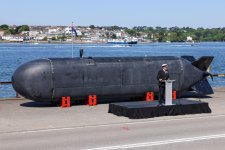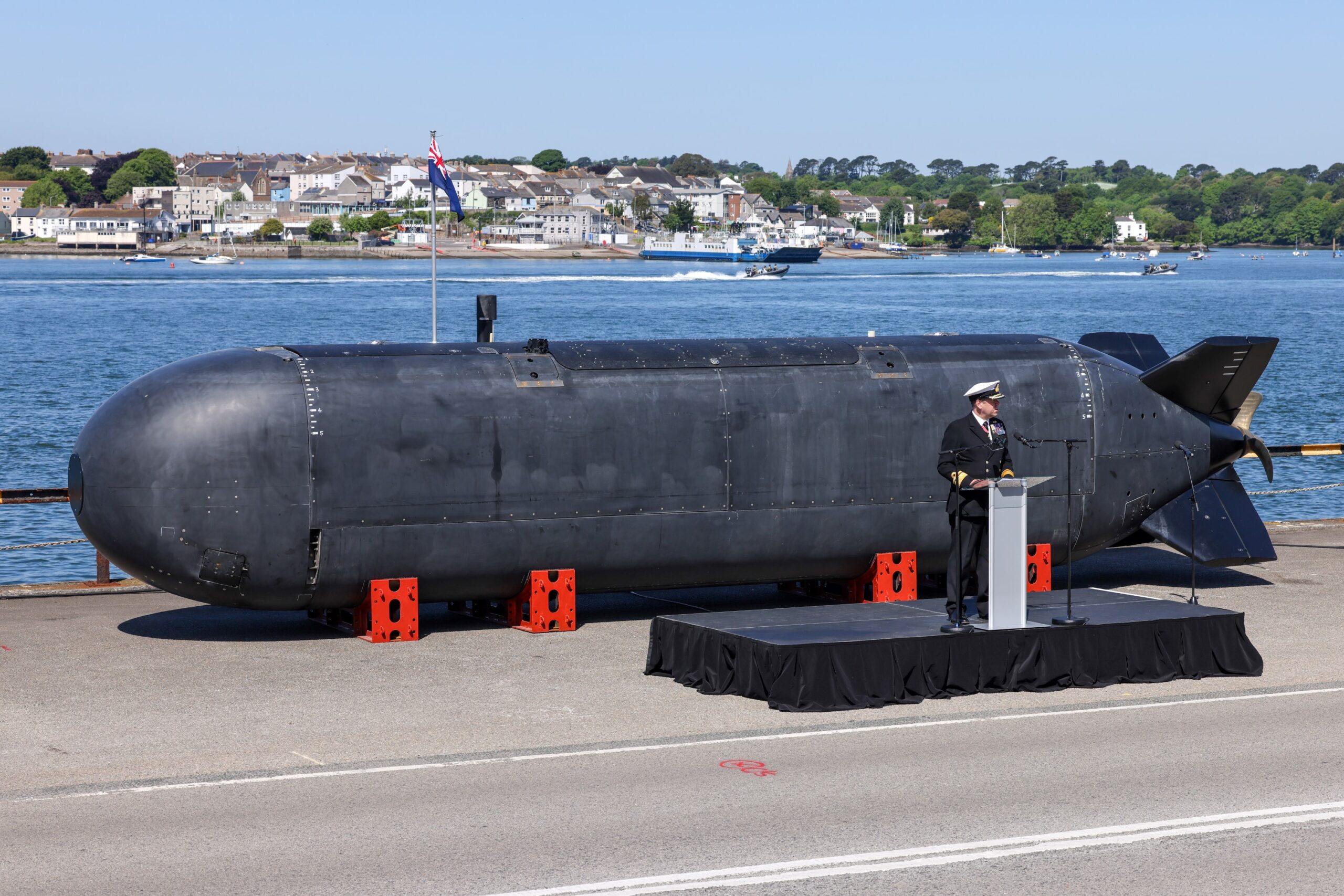The Germans as I recall have been offering an extended version of what they produce already, so even they seem to recognize that their subs are to small for the Pacific. For people outside the loop, tonnage is one potential indicator of capability. Also likley means more crew comfort as well.
KSS-III batch 2 - 3,600 t (3,500 long tons) (Surfaced)
Scorpene - 1,900 t (1,900 long tons) (S-BR)
Taigei - Surface: 3000 tonnes
Orka- 3,300 t (3,248 long tons) surfaced (Contracted, but not built yet)
Type 212CD- 2,500 t (2,500 long tons) surfaced
Type 214- 1,690 t (1,660 long tons) (surfaced)
S-80-Plus- 2,965 t (2,918 long tons) submerged
Blekinge - 1,925 tonnes (1,895 long tons; 2,122 short tons) surfaced
Soryu- Surfaced: 2,900 tonnes , Submerged: 4,200 t (I have to wonder how accurate the submerged figure is as it is the greatest differential of all the sub types?











